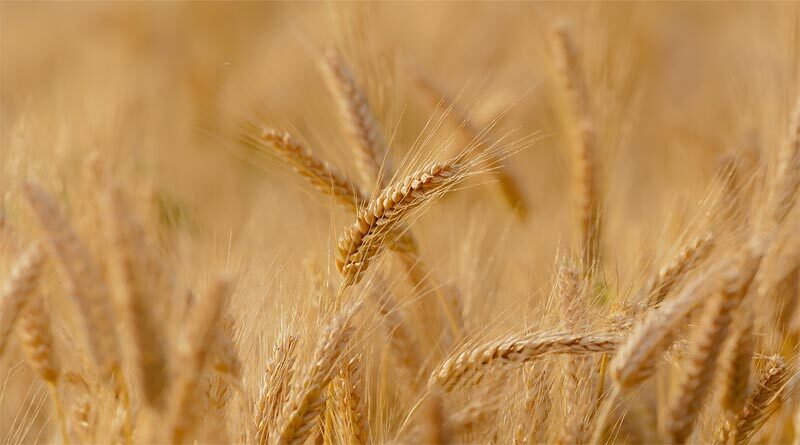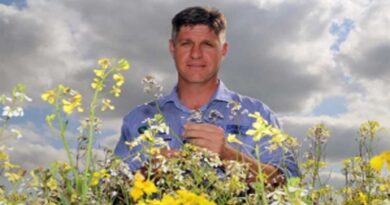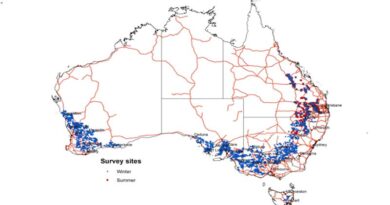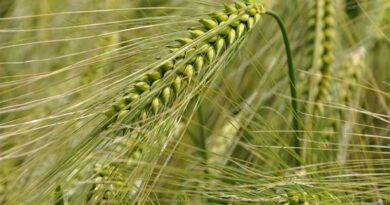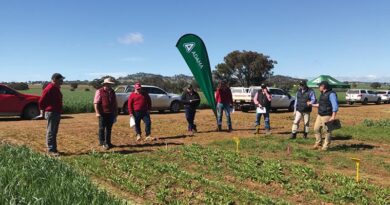Australia: Spotlight on pre-emergent herbicides for early sown wheat
01 April 2022, Australia: New research into dry seeding, seeding rates and their interaction with pre-emergent herbicide effectiveness in controlling annual ryegrass in wheat has put the spotlight on early sowing and its potential weed control benefits for Western Australian growers.
The research was presented by Dr Mike Ashworth, research agronomist at the Australian Herbicide Resistance Initiative (AHRI), at the 2022 Grains Research Update – Perth, WA’s premier grains research forum.
AHRI performs strategic and applied research to minimise the adverse impact herbicide resistance and crop weeds have on Australian cropping. It is based at the University of Western Australia and supported by the Grains Research and Development Corporation (GRDC).
Dr Ashworth said that while it had long been advised that delaying seeding of weedy paddocks to maximise the effectiveness of knockdown applications results in optimal weed control, with the development of more pre-emergent herbicides and greater seed dormancy in many weed populations, early seeding may now be the optimum weed control strategy.
“With the rise of dry seeding around WA, and the resultant increases in crop yields, AHRI has put a lot of effort into understanding how growers can maintain weed control within that farming system,” Dr Ashworth said.
“In general, dry seeding out-yielded delayed seeding. This was shown in 7 of the 9 trials completed.
“And while delayed seeding generally resulted in lower ryegrass seed production, (8 of the 9 trials), the seed production of annual ryegrass at the end of the season consistently (9 out of 9 trials) correlated with the measured pre-emergent herbicide persistence in the soil.
“The other result we found was that increasing the crop seeding rate consistently reduced annual ryegrass seed production in all trials for all herbicides used.”
So, what might these results mean for future ryegrass control when growers are looking to dry-seed wheat?
“Firstly, if you get the opportunity, dry seed your cleanest paddocks first and then delay seeding in your weedier paddocks. Low soil seed banks allow you to manage to maximise profit, so using Harvest Weed Seed Control makes sense,” Dr Ashworth said.
“Secondly, understand the key properties of your pre-emergent herbicide choice, taking into account soil type, seeding system, soil organic matter and likely rainfall after application.
“Thirdly, always try to increase your crop seeding rate, or your crop competitiveness. And that can be in the form of cultivar selection, seeding earlier, seeding rate, row spacing and just good agronomy.
“And finally, if you’re going to dry sow, understand the frost risk.”
Further information on project results can be found in Dr Ashworth’s recent podcast, or on the live recording of his Updates presentation.

